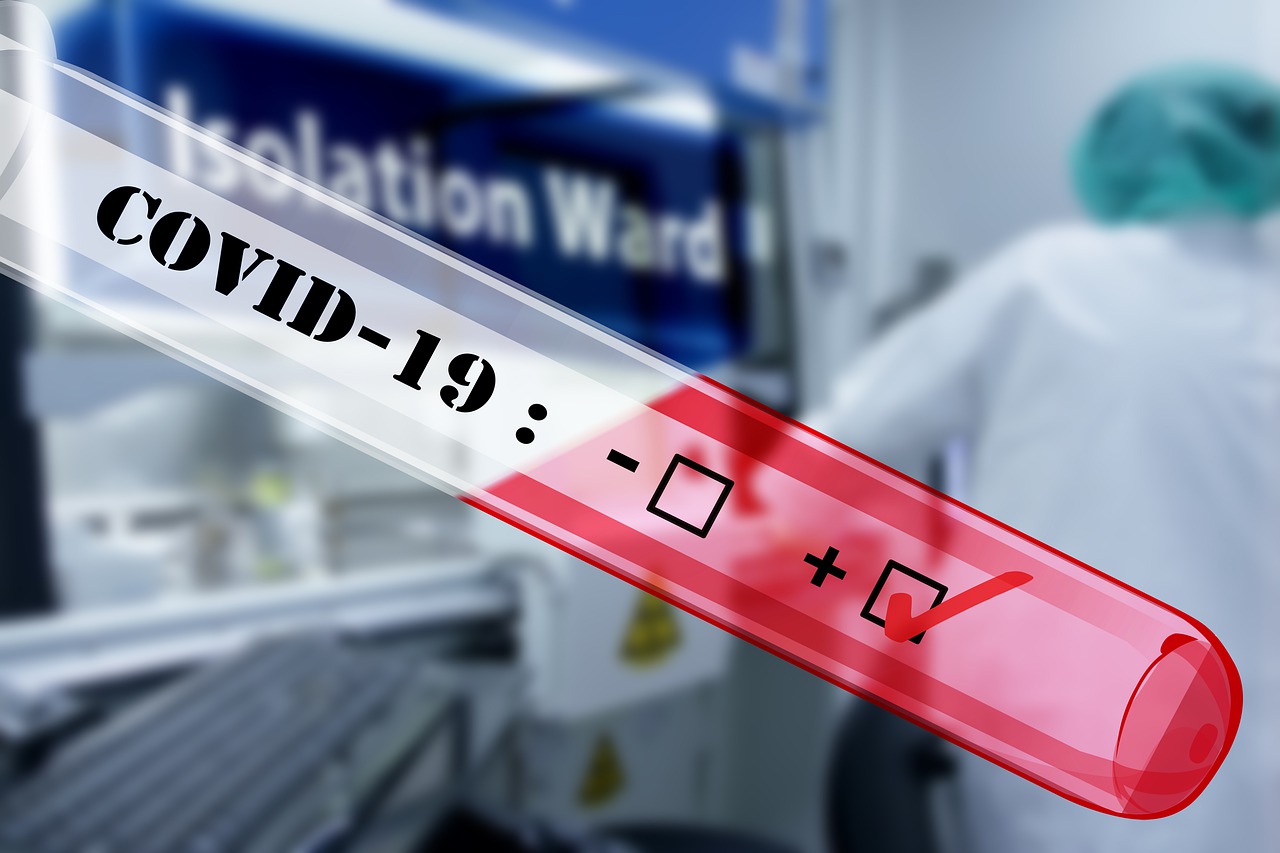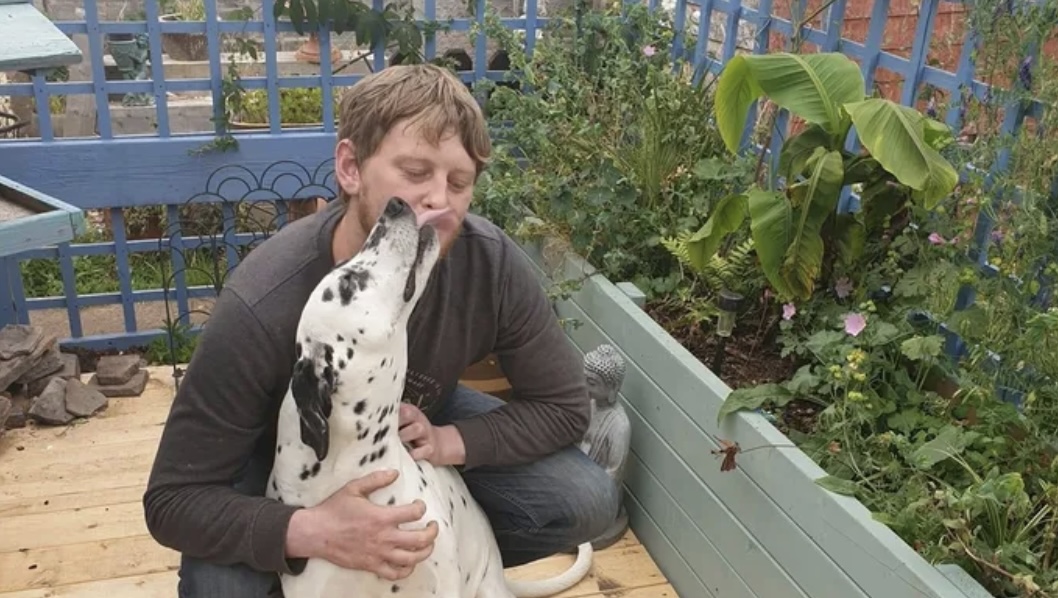Earlier this week we shared a post on Facebook, asking our followers if any of them, or anyone they knew, had experienced Long COVID. The response was overwhelming. It appears that hundreds, possibly even thousands of people in Herefordshire, are currently suffer with the long term effects of COVID-19. This goes to show that it is difficult to gauge just how many people have totally recovered from the virus.
What is ‘Long COVID’ then? (The following definition is from NHS England)
Emerging evidence and patient testimony is showing a growing number of people who contract COVID-19 cannot shake off the effects of the virus months after initially falling ill. Symptoms are wide-ranging and fluctuating, and can include breathlessness, chronic fatigue, “brain fog”, anxiety and stress.
The NICE guideline scope published on 30 October 2020 defines post-COVID syndrome as signs and symptoms that develop during or following an infection consistent with COVID-19 which continue for more than 12 weeks and are not explained by an alternative diagnosis. The definition says the condition usually presents with clusters of symptoms, often overlapping, which may change over time and can affect any system within the body. It also notes that many people with post-COVID syndrome can also experience generalised pain, fatigue, persisting high temperature and psychiatric problems.
While we have learned lots about COVID-19 since the start of the pandemic – and new treatments are available – the long term effects of the illness can be debilitating, even for young, fit people, or those who did not go to hospital when they had COVID-19 symptoms initially.
The exact number of people experiencing Long COVID symptoms is unclear. Research into the prevalence of the illness is ongoing, but there are currently an estimated 60,000 people in the UK thought to be experiencing Long COVID, although this is likely to be higher and will grow as coronavirus infection rates rise.
What did Your Herefordshire followers say?
Sadie Jones: “My dad had blood clots and an infection in his lungs, kidneys, stomach and liver. He had severe pain in his stomach and was unable to eat. He was basically hours away from dying on Christmas day. He was negative at this point, but is on medication for 3 months for blood clots and don’t know when the long COVID will end. He still struggles to breathe and do a lot.”
Carys Price-Walker: “2 months ago I caught the virus and it took me 6 weeks to be able to walk 20 minutes. I have heavy arms and legs when walking and fatigue, palpitations, high blood pressure and pain in my heart.”
Christine Price: “I know someone who had COVID-19 in March 2020 and has suffered with long COVID since. Unable to work due to fatigue, breathlessness, pains and headaches.”
Rebecca Marshall: “My dad has it and he suffered COVID-19 back in April 2020 and still now has issues with fatigue, breathlessness, mobility issues and has been told it has caused congestion on the heart.”
Hannah Davidson: “I have long COVID. I had COVID-19 in early April 2020 and I still don’t have my sense of smell or taste and I now have asthma as I have an underlying lung disease.”




